Trust Coastal Property Restoration For Rapid Relief And Peace Of Mind
Swift Water Damage Cleanup and Restoration
Water Damage Restoration in Huger, SC
- Dealing with a devastating water-related event in your home or business is a truly traumatic experience. What starts as a small leak can quickly escalate into a situation where your property is flooded with water. Your most cherished belongings and important business documents are ruined. You're left with a catastrophe on your hands, and with every minute that passes, things seem to get worse. Within 24 hours, the most important people in your life are now at risk because of compromised water containing harmful bacteria and allergens.
- If you've never experienced the effects of water damage, be thankful. But those who have had to endure such an unwelcome experience know first-hand how important it is to get the water cleaned up ASAP. That's where Coastal Property Restoration swoops in to save the day. From roof leaks and busted pipes to sump pump malfunctions and natural disasters, Coastal Property Restoration provides water damage clean-up in Huger, SC, when you need professional service and peace of mind most.
Service Areas
A Water Damage Restoration Company You Can Trust
At Coastal Property Restoration, our water damage mitigation company is always prepared to respond quickly to water damage emergencies. That's because we truly care about our customers and never subject them to half-measures or mediocre work. At the end of the day, we're passionate about restoring the lives of home and business owners who are devastated, confused, and looking for trustworthy water damage restoration.
To help achieve that goal, we use years of expertise and modern, state-of-the-art equipment to remove moisture and standing water from your property. In doing so, we can help protect your family or staff while restoring your quality of life. But you've got to act fast - damage from water in your home or business can spread quickly and just affect every aspect of your property, from its roof to its foundation.
So, if you're trying to put the pieces back together after a water loss, it's time to contact Coastal Properties LLC. With one call, our team of experts will arrive at your home or business to remediate your water damage in Huger, SC, using advanced tools, superior drying techniques, and detailed documentation. We aim to restore your property to its pre-loss condition so you can return to living a normal life again.
The Coastal Property Restoration Process
Our team of licensed and insured water damage clean-up professionals uses a streamlined process to address your needs ASAP:
- Assess: We assess the extent of your water damage by conducting a thorough inspection.
- Mitigate: Our technicians get to work quickly to mitigate and prevent further damage to your home, business, and belongings.
- Recover: Our water damage restoration experts help you recover from your water emergency with a focus on restoring your property to its pre-loss condition.
Dealing with an emergency that needs to be addressed sooner than later? With 24-hour service, we're here for you day and night, no matter how severe your water damage issue may be.
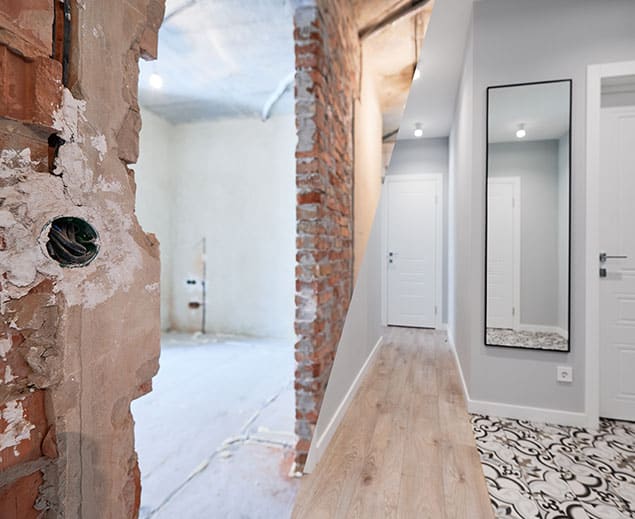
What Causes Water Damage Your Home?
Water is undoubtedly essential for our planet, but it can also be incredibly destructive. Among all the potential disasters that could harm your property, water damage ranks high. It has a tendency to sneak into small, unnoticed areas where it can cause warping and discoloration, whether it's from a severe thunderstorm or a tiny leak. Even a small amount of water can be deceptively expensive, costing thousands of dollars if not addressed immediately.
The most concerning part is that it can happen in an instant, catching you and your family off guard. However, by keeping these common causes of water damage in mind, you can take steps to prevent water from causing damage to your property.
Unsure what might be causing water to enter your home in South Carolina? Call Coastal Property Restoration as soon as you can so our team can come to your property and conduct an inspection.
Get a Quote
In the United States, South Carolina is among the top five states with the greatest number of hurricanes, with a total of 30 making landfall. This accounts for 10.10% of all the hurricanes in the country. While five of those hurricanes were classified as being major (Category 3), smaller hurricanes and even minor rain showers can result in significant water damage clean-up in Huger, SC.
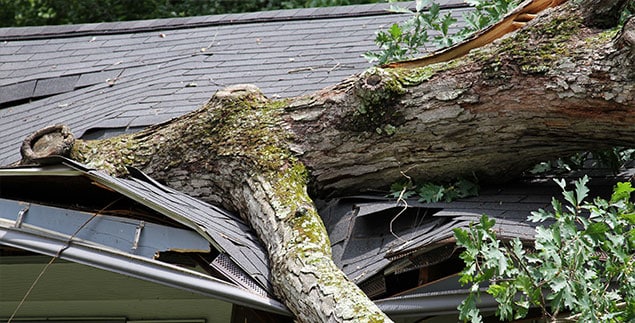
Properly functioning gutters are essential for directing water away from your home, especially during fall leaf season when clogs are common. However, when gutters do become clogged, rainwater can accumulate and flow over the edges, causing potential leaks into your attic, walls, or basement. It's important to ensure your gutters are free of debris to prevent any water damage to your home.
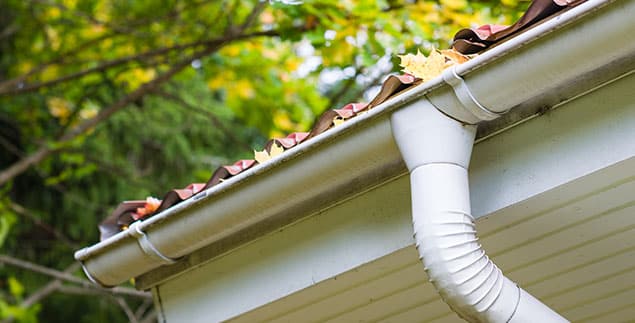
Water heaters that are old or not properly installed have a tendency to develop leaks. Sadly, these leaks can be quite severe and result in the accumulation of several inches of water in your basement or crawlspace.
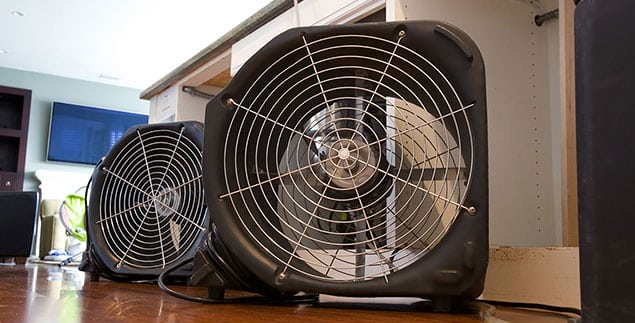
Pipe leaks may start small, but they can have devastating consequences. Whether it's loose-fitting pipes under your kitchen sink or old drainage systems under your home, water from a leak can cause serious damage to your property. Not only can it ruin prized possessions and warp wallpaper, but it can also create conditions for mold growth, even with just a small amount of moisture present. It's crucial to address any leaks as soon as possible to prevent further damage.
Some other common causes of water damage in residential homes include the following:
- Overflows (sinks, bathtubs, toilets)
- Sprinkler Systems (accidents & malfunctions)
- Clogged Drains (hair, grease, dirt, etc.)
- Washing Machines (compromised PVC supply line)
- AC Condensation (clogged condensate line, damaged drain pan)
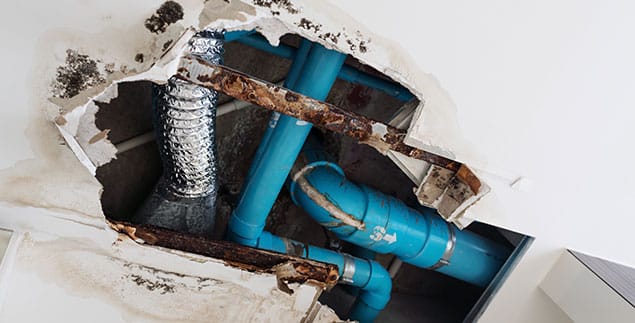
Water Damage in Huger, SC: Restoration vs. Mitigation vs. Remediation
As a reputable water damage restoration company in South Carolina, we get questions all the time from misinformed customers asking what the differences are between restoration, mitigation, and remediation. We get it - to the untrained individual, they all sound about the same. But each serves a special purpose in the process of eliminating water from your home or office.

Water Damage Mitigation
You can think of water mitigation as an emergency response meant to stop and contain water so that it doesn't cause any more damage to your property. Often, mitigation includes an inspection of the damaged area and an advanced water extraction process to ensure a hazard-free workplace.
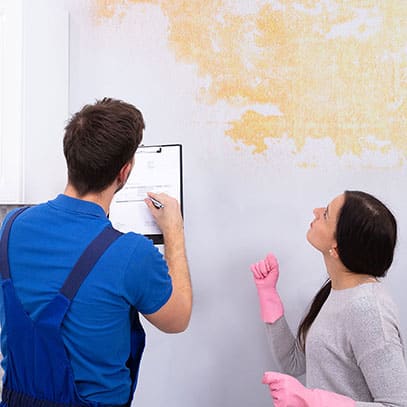

Water Damage Remediation
This stage often involves a detailed clean-up and removal of residual water from the property. Water damage techs will also remove furniture and other items affected by the water damage and dispose of any contaminated materials. During this phase, blowers and pumps may be used to dry areas of the property. Sometimes, boards or tarps are used to protect the property as needed. From there, a final cleaning usually takes place that can include deodorizing and sanitizing items that can be salvaged from water damage. It should be noted that sometimes water mitigation and remediation overlap. For instance, remediating a contaminant from an area of your home might involve mitigating damage to something like a pipe that has burst.
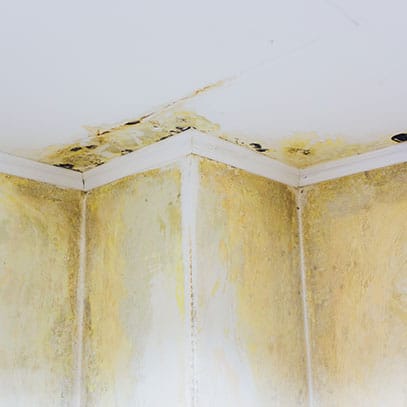

Water Damage Restoration
In this final stage, water damage restoration professionals help ensure that moisture levels in the impacted areas are back to normal. They take care of replacing the damaged drywall, repairing the floors that have buckled, and fixing the ceilings affected by water. Additionally, they clean and restore the items that are still in good condition. All of these measures are taken to bring your property back to its original state before the damage occurred. Think of it like this: Water remediation focuses on completing temporary tasks, while restoration centers around more permanent solutions.
While the water damage clean-up steps listed above might sound interchangeable, each addresses a crucial step in the remediation process. If you're working with a water damage restoration company and they tell you otherwise, know that they're perpetrating a myth. Speaking of myths, here are a few of the most common ones that we have run across in our time as water restoration experts.
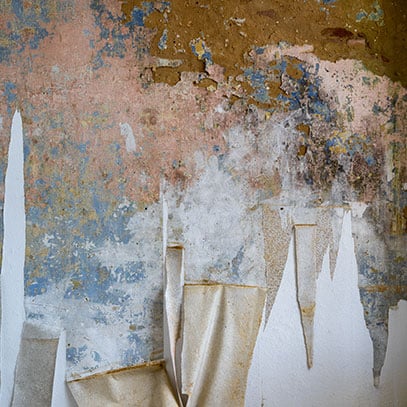
You can think of water mitigation as an emergency response meant to stop and contain water so that it doesn't cause any more damage to your property. Often, mitigation includes an inspection of the damaged area and an advanced water extraction process to ensure a hazard-free workplace.
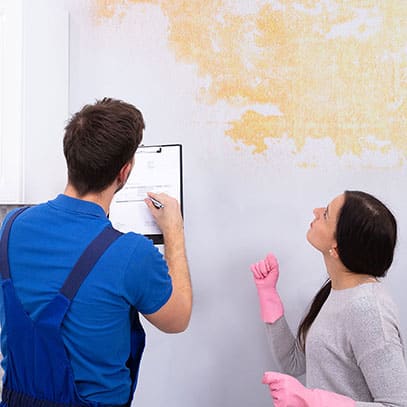
 Call Now
Call Now
This stage often involves a detailed clean-up and removal of residual water from the property. Water damage techs will also remove furniture and other items affected by the water damage and dispose of any contaminated materials. During this phase, blowers and pumps may be used to dry areas of the property. Sometimes, boards or tarps are used to protect the property as needed. From there, a final cleaning usually takes place that can include deodorizing and sanitizing items that can be salvaged from water damage. It should be noted that sometimes water mitigation and remediation overlap. For instance, remediating a contaminant from an area of your home might involve mitigating damage to something like a pipe that has burst.
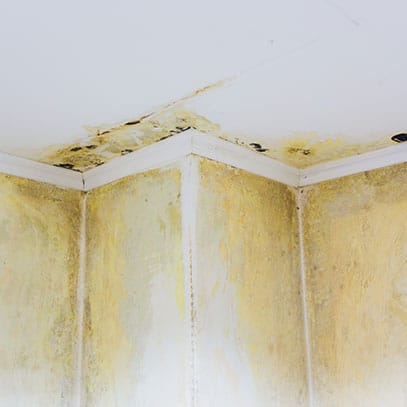
 Call Now
Call Now
In this final stage, water damage restoration professionals help ensure that moisture levels in the impacted areas are back to normal. They take care of replacing the damaged drywall, repairing the floors that have buckled, and fixing the ceilings affected by water. Additionally, they clean and restore the items that are still in good condition. All of these measures are taken to bring your property back to its original state before the damage occurred. Think of it like this: Water remediation focuses on completing temporary tasks, while restoration centers around more permanent solutions.
While the water damage clean-up steps listed above might sound interchangeable, each addresses a crucial step in the remediation process. If you're working with a water damage restoration company and they tell you otherwise, know that they're perpetrating a myth. Speaking of myths, here are a few of the most common ones that we have run across in our time as water restoration experts.
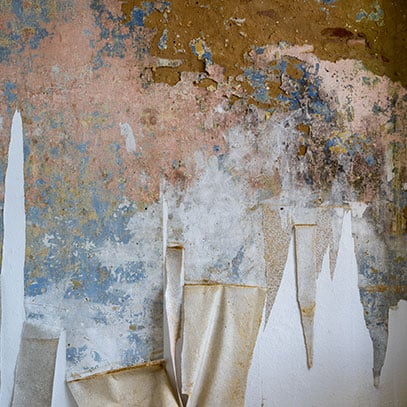
 Call Now
Call Now
Myths About Water Damage Restoration in Huger, SC
When it comes to water damage restoration, there's a lot of information out there that can be misleading or downright incorrect. This can be especially frustrating for property owners who are caught off guard by unexpected leaks or floods. To make matters worse, there are several common myths about water damage that can actually make the problem worse if you're not aware of them. To help clear things up, we've debunked three of these myths below.
It's important to remember that water damage can often go undetected. Water has a sneaky way of hiding in all sorts of nooks and crannies throughout your home, including behind walls, in carpets, under floors, and in ceilings. The problem with these materials is that they're porous, which means they not only hide water, but they also absorb it. Even if it appears that everything has dried out, the moisture that's lurking beneath the surface can still cause serious damage over time.
That's why it's crucial to take action and not let water dry on its own. If left untreated, it won't simply evaporate; it will be absorbed. Fortunately, the expert technicians at Coastal Property Restoration are equipped with top-of-the-line equipment to help locate and eliminate any hidden moisture or trapped water. You can trust us to thoroughly dry out your home and protect it from any further damage.
Dealing with water damage restoration and preventing further damage requires swift action, as time is of the essence. The longer water remains, the more extensive the damage becomes. The response window is narrow, less than 24 hours, and within this timeframe, mold growth may occur, creating an entirely new set of issues. Plus, salvaging materials in your home after prolonged exposure to water is challenging, so the best course of action is to respond immediately to water damage.
We understand that this can be challenging, but working with a reputable water damage cleanup service like Coastal Property Restoration can make all the difference. Our team can respond promptly and efficiently, allowing you to focus on your life while we take care of your home. The bottom line? If you've got water in your home or business, don't waste any time. Call a trusted water damage restoration company ASAP to minimize losses, mitigate damage, and prevent the risk of mold.
The saying, "Everything heals with time," is not a phrase that applies to mold in your home or business. As mentioned above, it's important to act quickly when dealing with water damage, as mold can begin to grow in as little as 24 hours. The musty odor that comes with mold won't stay contained to the affected area; it will eventually spread throughout your entire home.
It's crucial to take the necessary steps to stop mold growth and spread, including proper water extraction, drying, dehumidification, and sanitization. Additionally, any saturated materials, such as couches, carpets, floors, and drywall, must be treated properly to eliminate the musty smell. To ensure your home is fully restored and smelling fresh after water damage, it's best to have a professional clean-up crew go through each step of the process to guarantee no moisture is left behind.
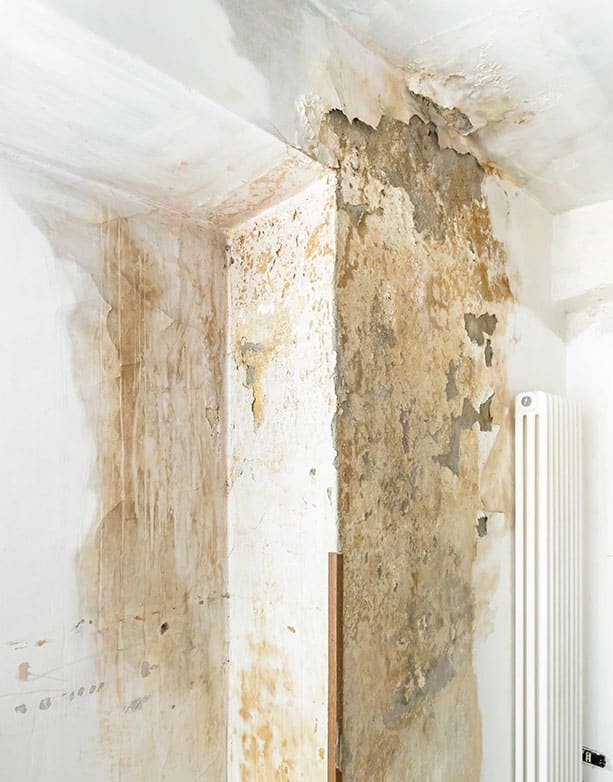
Getting Back to Business: Common Signs of Commercial Water Damage in Huger, SC
Water damage can be a major setback for any commercial property and business, causing loss of revenue and productivity. But fear not; Coastal Property Restoration has got your back with skilled technicians and reliable water damage restoration services. As a savvy business owner, however, it's important for you to stay vigilant and look out for early signs of water damage to your property so you can take action before it becomes a major problem.
Inspect Your Piping
It's important to thoroughly inspect the piping both inside and outside the building. Pay close attention to any signs of oxidation or corrosion around pipe fixtures, and don't forget to check your water heater for rust as well. If you do notice corrosion or rust, it could be an indication of a water leak that needs to be addressed promptly.
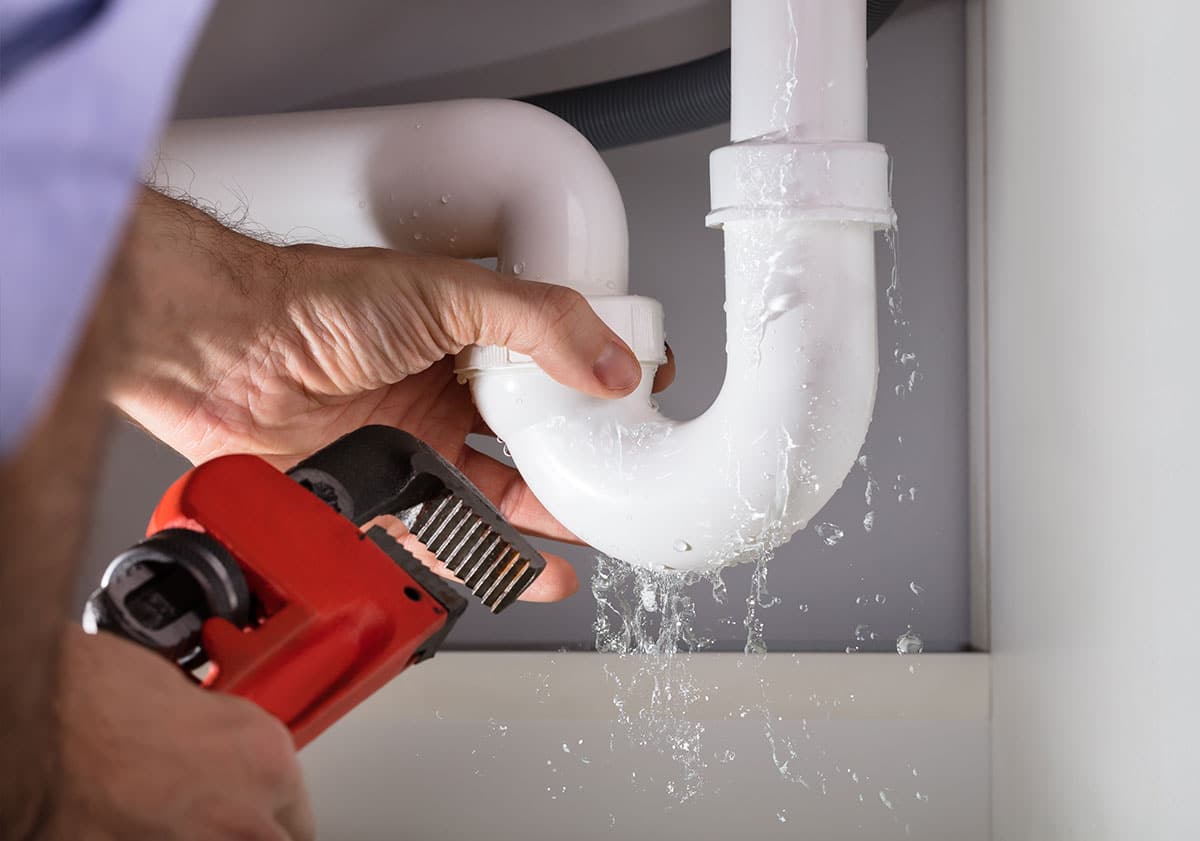
Be Wary of Mold
Mold can begin to grow less than 24 hours after water has compromised your business. If you see any signs of mold growth where there have been leaks, contact Coastal Property Restoration ASAP to diagnose the problem.
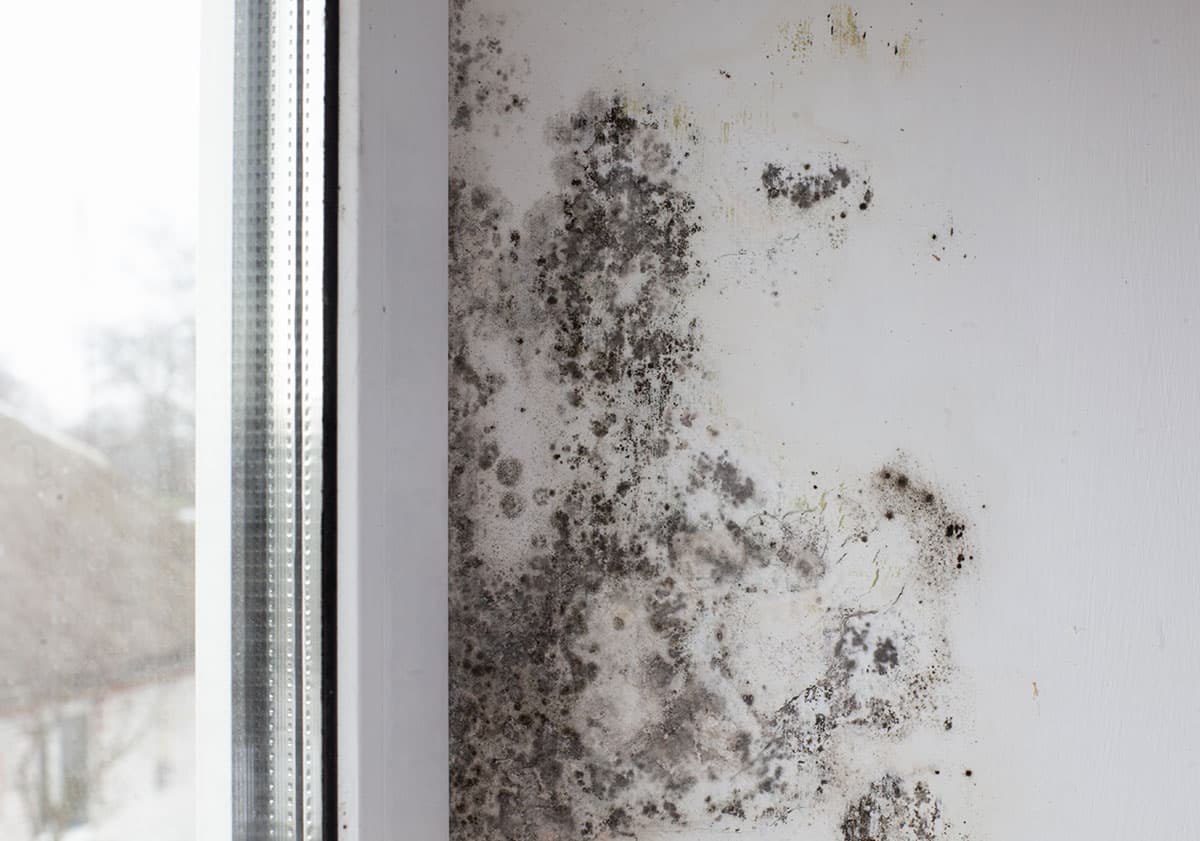
Look for Spotting
Water damage can usually be identified in businesses by dark spots on walls and ceilings, with older damage likely showing rings around the stain. Multiple rings with varying shades may indicate an intermittent problem, where the area has been repeatedly soaked and dried.
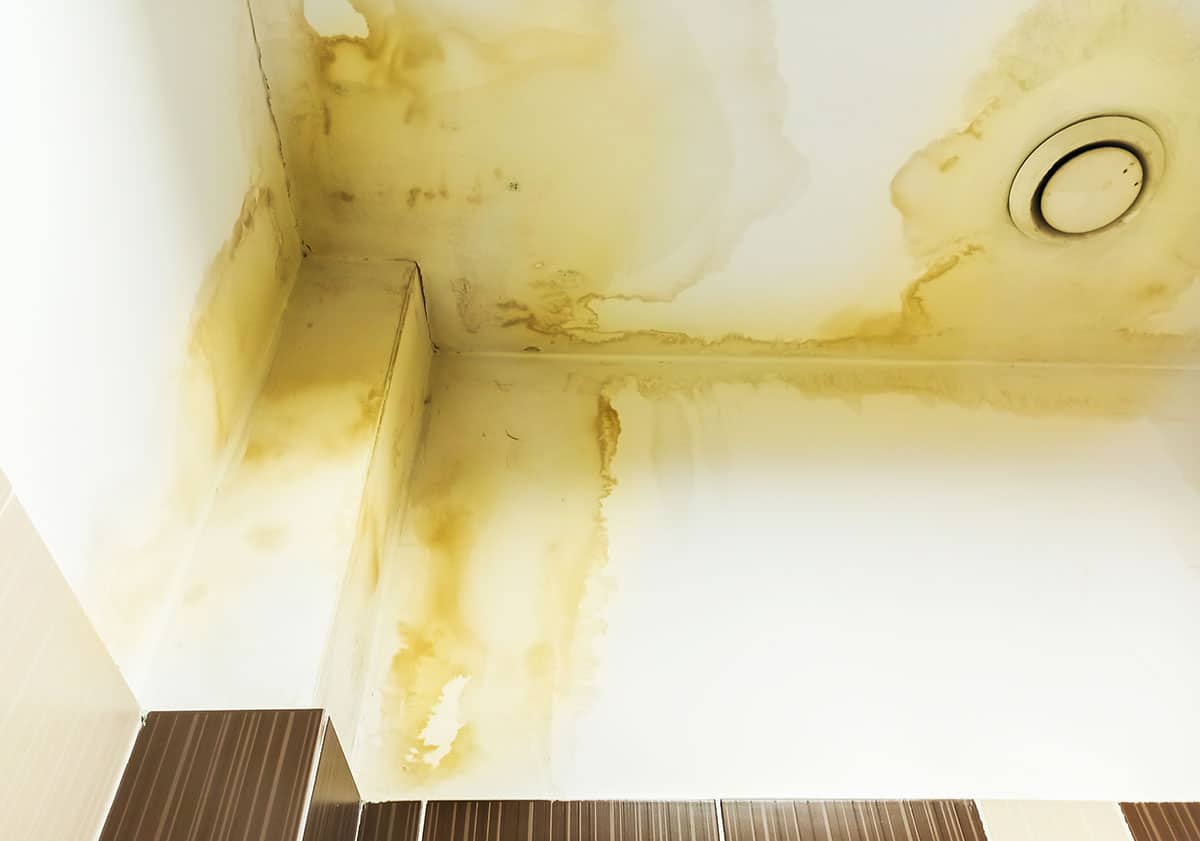
Know Your Property Like the Back of Your Hand
As the owner of commercial property, it's important to stay aware of your building's pipe system. Being knowledgeable about what's old and new, and identifying areas at risk for water damage is key. Areas with a higher potential for leaks, especially during rainstorms, should be monitored closely.
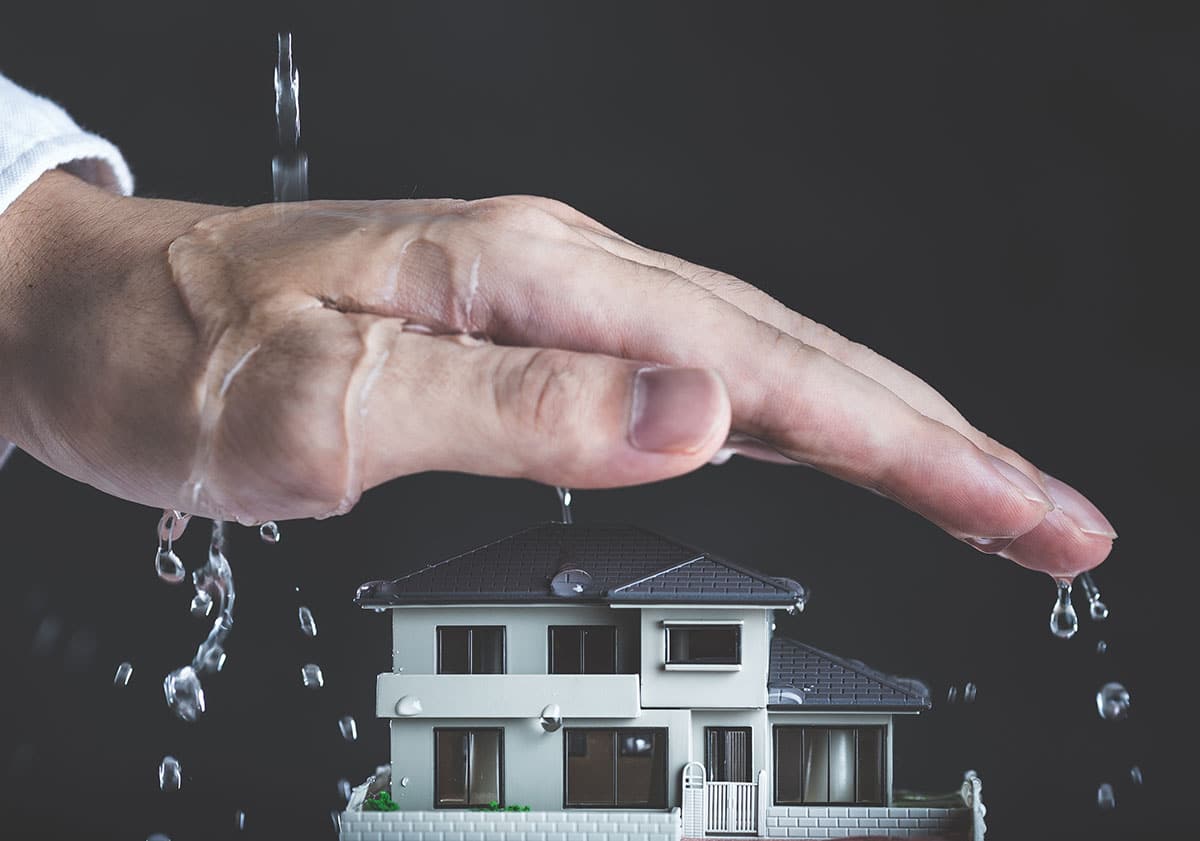
Rusty Appliances
When a commercial property owner observes rust on equipment or AC units of a building, it is highly probable that water damage is the root cause. This could be an indication of an unaddressed old leak in the vicinity. It is crucial for property owners to seek assistance from a specialist to assess the extent of the damage.
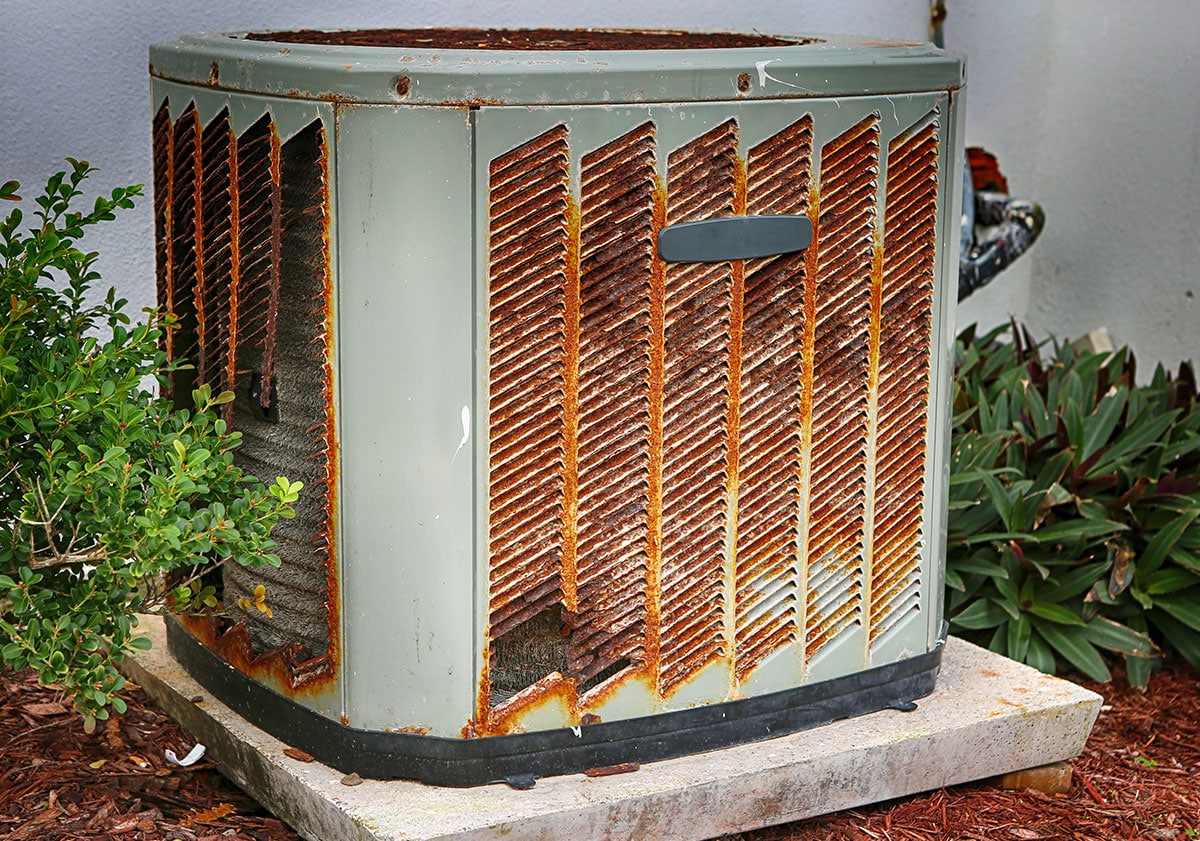
It's important to thoroughly inspect the piping both inside and outside the building. Pay close attention to any signs of oxidation or corrosion around pipe fixtures, and don't forget to check your water heater for rust as well. If you do notice corrosion or rust, it could be an indication of a water leak that needs to be addressed promptly.
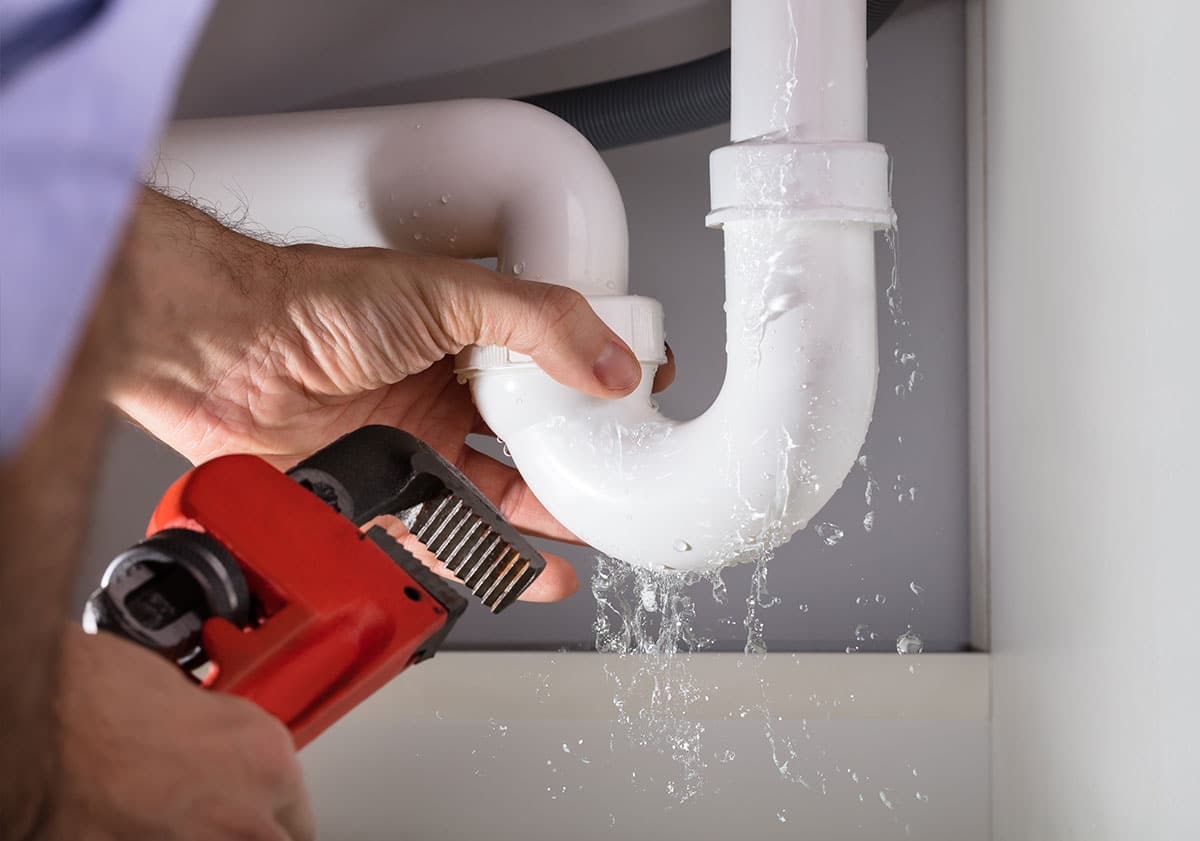
Mold can begin to grow less than 24 hours after water has compromised your business. If you see any signs of mold growth where there have been leaks, contact Coastal Property Restoration ASAP to diagnose the problem.
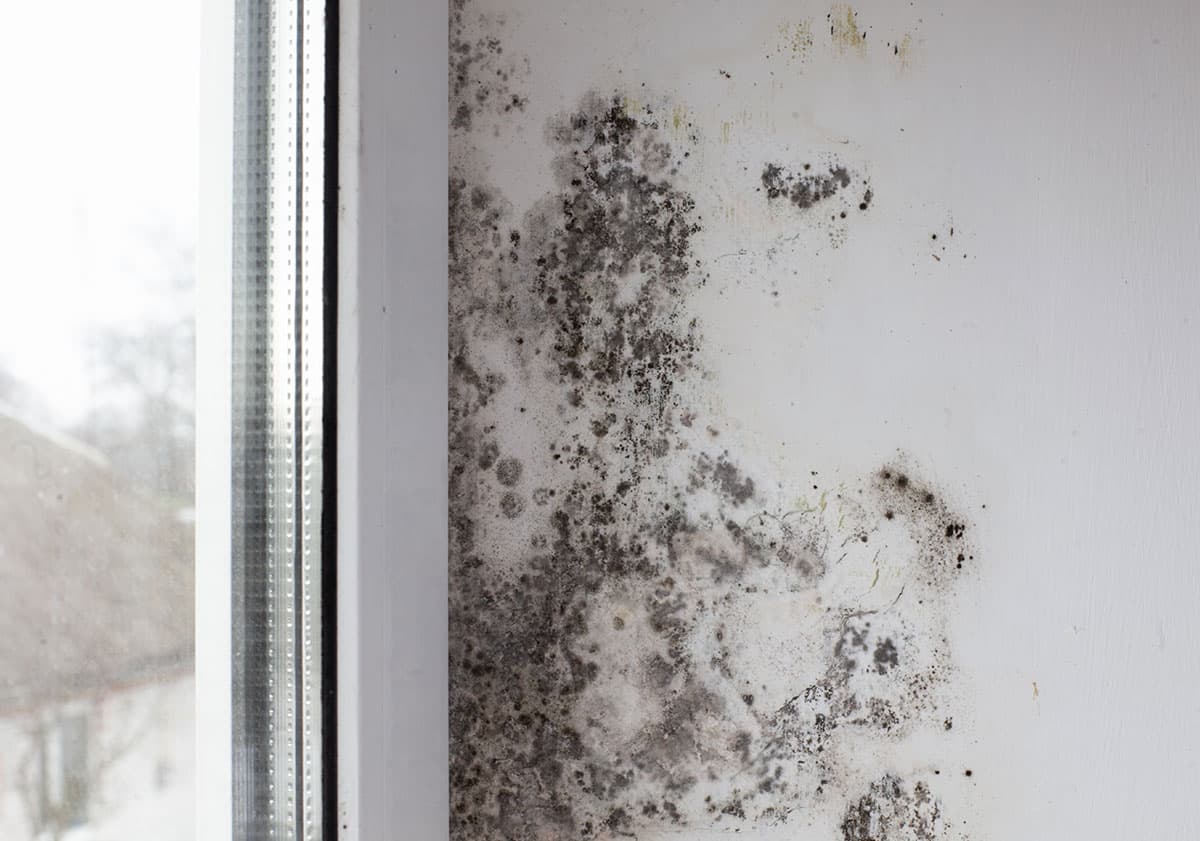
Water damage can usually be identified in businesses by dark spots on walls and ceilings, with older damage likely showing rings around the stain. Multiple rings with varying shades may indicate an intermittent problem, where the area has been repeatedly soaked and dried.
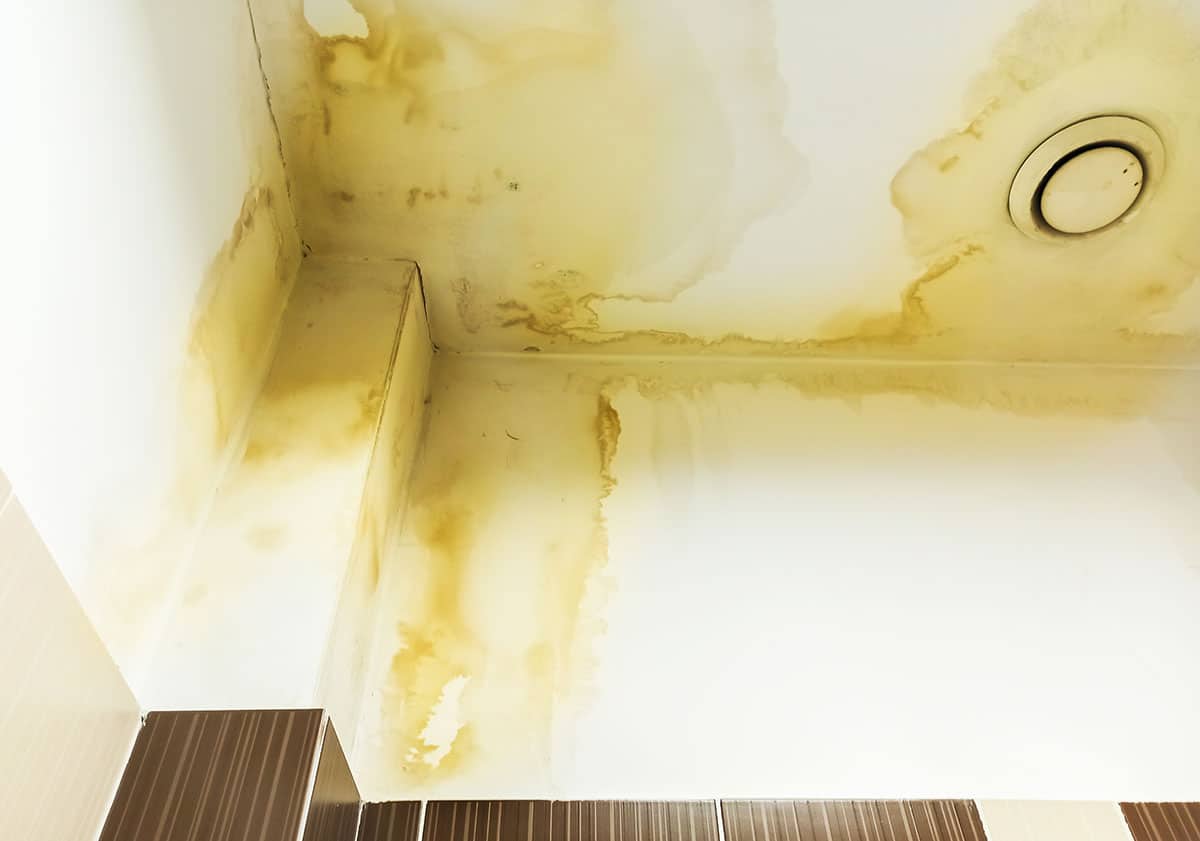
As the owner of commercial property, it's important to stay aware of your building's pipe system. Being knowledgeable about what's old and new, and identifying areas at risk for water damage is key. Areas with a higher potential for leaks, especially during rainstorms, should be monitored closely.
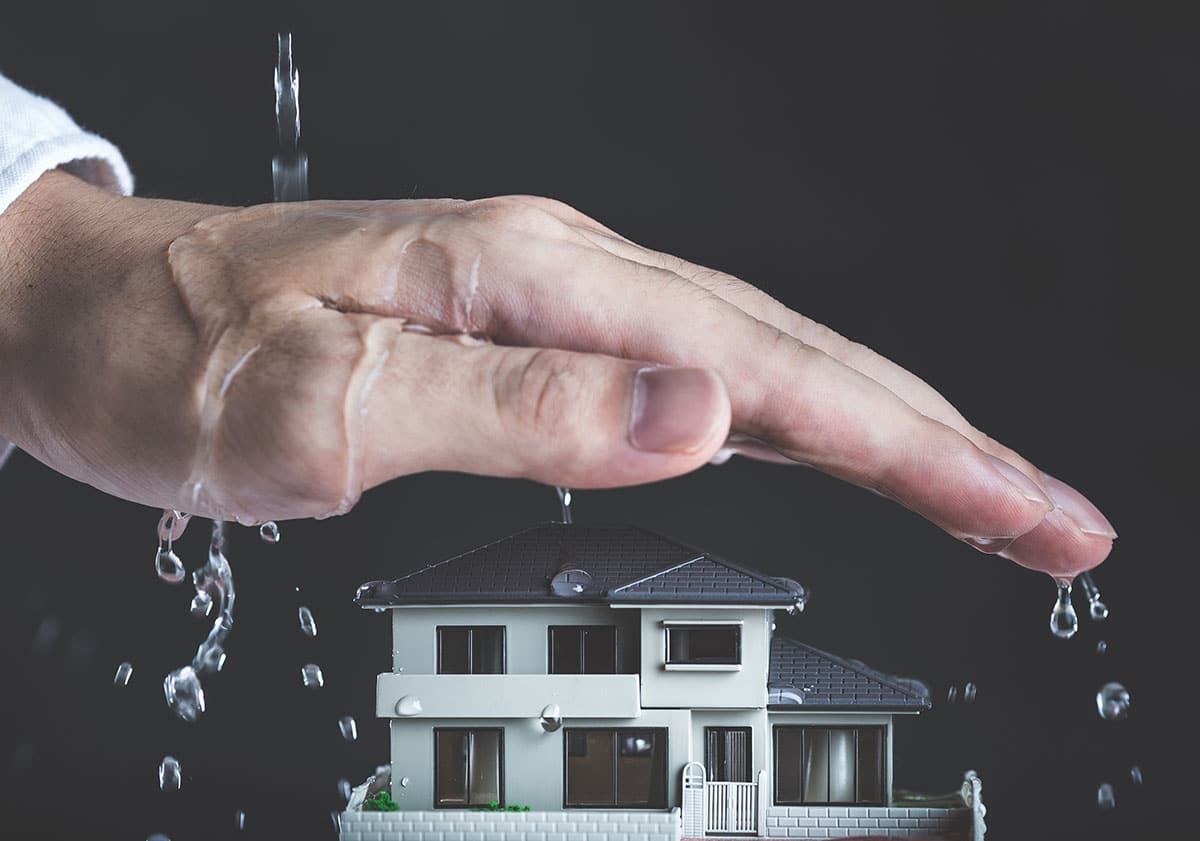
When a commercial property owner observes rust on equipment or AC units of a building, it is highly probable that water damage is the root cause. This could be an indication of an unaddressed old leak in the vicinity. It is crucial for property owners to seek assistance from a specialist to assess the extent of the damage.
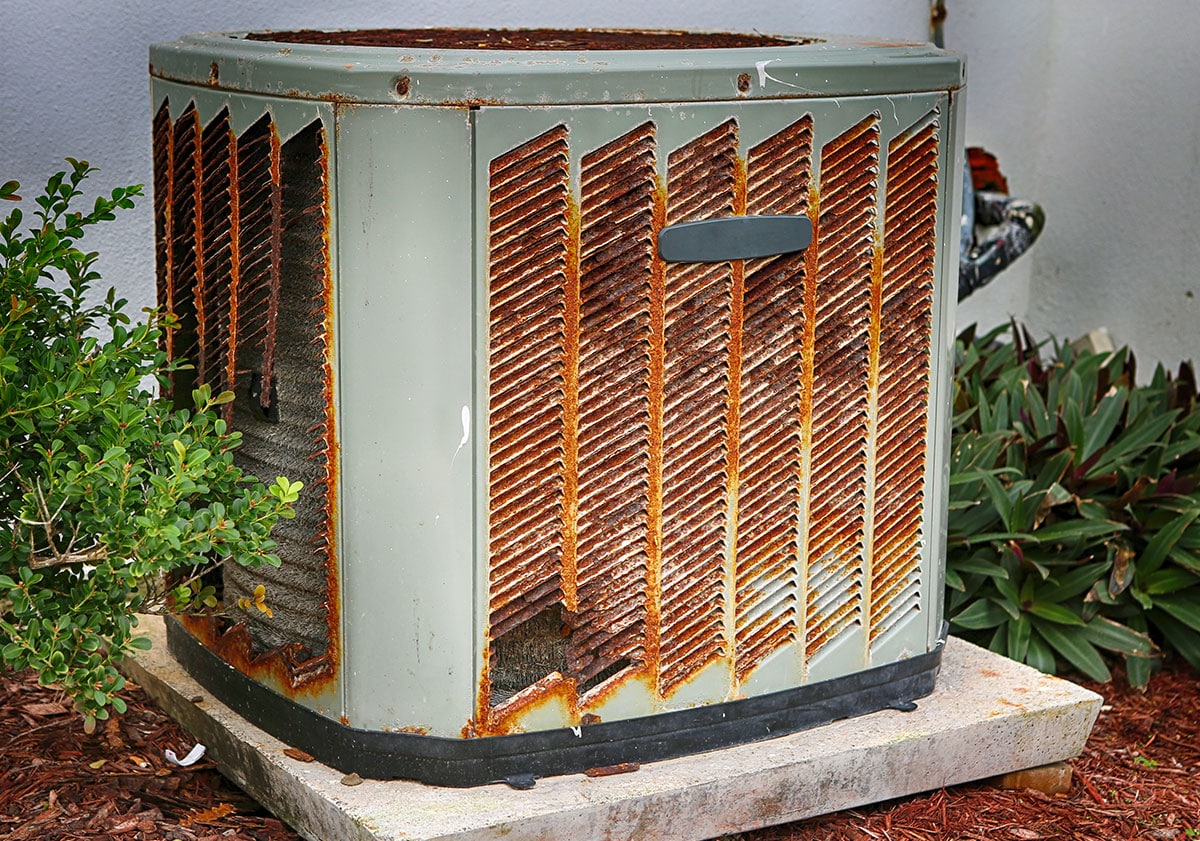
Coastal Property Restoration is Your Local Choice For Water Damage Restoration in Huger, SC
Effective water damage clean-up is an essential process that requires a high level of expertise to ensure your property sustains minimal damage. Selecting the best water remediation company is equally important, especially when it comes to the health of your family or your customers. Whether your kitchen is full of standing water because your dishwasher overflowed or your business is at risk because of an extensive pipe leak, our team of trained and certified experts is only a phone call away, 24 hours a day.
Contact our office to discover the Coastal Property Restoration difference and what separates our water damage mitigation company from others in South Carolina.
Get A Quote
Latest News in Huger, SC
Huger begins first day of cleanup, many homes still flooded
https://www.live5news.comhttps://www.live5news.com/story/30202176/huger-begins-first-day-of-cleanup-many-homes-still-flooded/
"This is the first day of cleanup," said Bill Cahill.Water levels had gone down significantly, allowing people to get an idea of just home much they lost."I'm thinking $150,000," said Cahill.Cahill and his family were picking up pieces from the storm at a home he built more than 20 years ago.On Saturday night, it was that home where many found refuge."We were pulling people from all the houses around the neighborhood," said Cahill. "911 was calling us. Tommy and Bud down t...
"This is the first day of cleanup," said Bill Cahill.
Water levels had gone down significantly, allowing people to get an idea of just home much they lost.
"I'm thinking $150,000," said Cahill.
Cahill and his family were picking up pieces from the storm at a home he built more than 20 years ago.
On Saturday night, it was that home where many found refuge.
"We were pulling people from all the houses around the neighborhood," said Cahill. "911 was calling us. Tommy and Bud down the road had boats and DNR couldn't get in here. So, they were bringing the people here to the porch."
More than 20 people packed on Cahill's porch. Soon, the US Coast Guard sent a helicopter to help.
Cahill, now a neighborhood hero, had only one thing on his mind.
"We were just trying to make sure everybody stayed safe," said Cahill. "At that point they're safe and you just worry about the damage later."
Thankful everyone was safe, his family now begins tackling those damages.
Recovery was seen around Huger.Just down the street, on Charity Church Road, Carrie Bennett was dragging her carpet to the road.She was still in disbelief at what she saw during the storm.
"I mean the water was coming up across the highway," said Bennett. "You couldn't walk to your mailbox without getting wet up."
The welcome sign at French Quarter Creek still had water at its foot, but much less compared to what the was seen days ago.The message on the sign reads "Thanks for visiting, please drive safely." It's a message of care that's still evident in the hearts of the people in Huger.
"I don't think you can ever underestimate things," said Cahill.
"God does everything for a reason," said Bennett. "It could be a blessing, and who knows. I'm just going to thank him anyways in advance."
The American Red Cross was also in Huger, assisting with damage assessments. For help with that in Charleston, call : 843-764-2323 x321
Copyright 2015 WCSC. All rights reserved.
Cainhoy, Huger residents warn of I-526’s impact
Herb Frazierhttps://charlestoncitypaper.com/2024/01/03/cainhoy-huger-residents-warn-of-i-526s-impact/
Cainhoy and Huger residents who have seen how I-526 has changed their communities are issuing a stark warning if the freeway is extended across Johns and James islands: If you build it, you’ll get rampant development, a traffic deluge and life-changing “culture shock.”“We have just absolutely been overwhelmed with traffic and wrecks. We now have a 24-hour vape shop” that attracts students after school, said MaeRe Chandler Skinner, a longtime resident of Cainhoy in lower Berkeley County. “It has been...
Cainhoy and Huger residents who have seen how I-526 has changed their communities are issuing a stark warning if the freeway is extended across Johns and James islands: If you build it, you’ll get rampant development, a traffic deluge and life-changing “culture shock.”
“We have just absolutely been overwhelmed with traffic and wrecks. We now have a 24-hour vape shop” that attracts students after school, said MaeRe Chandler Skinner, a longtime resident of Cainhoy in lower Berkeley County. “It has been a culture shock!”
The quaint Wando River enclave settled in the early 1720s has become nearly encircled by development since the highway called the Mark Clark Expressway opened three decades ago. The community has “more development than you can shake a stick at,” Skinner said. “There is not going to be a tree standing on Clements Ferry Road by the time [developers] get through.”
Decades from now, James and Johns islanders might voice a similar lament if an 8.5-mile southern loop to the interstate is built at a cost of $2.3 billion to connect it with the James Island Connector and the Charleston peninsula.
The S.C. General Assembly’s Joint Bond Review Committee on Dec. 5 approved $75 million in preliminary funding to the S.C. Transportation Infrastructure Bank for the first phase of the highway’s extension.
The new funding will be combined with $75 million pledged by the Charleston County Council toward the project. The decision puts taxpayers on the hook for $150 million for a road destined to alter the landscape and way of life for two Charleston County sea islands.
On Johns Island, some residents are resigned that not much can be done to stop the highway, said Cheryl Glover, lay leader of Johns Island Parish United Methodist Church on Bohicket Road. “It is hard to get folks to realize what is going to happen, if they don’t see it already happening.”
The prospect of the Mark Clark Expressway’s southern loop has laid dormant for decades but now with additional funding, Cainhoy resident Sammy Sanders warns: “Don’t do it! Don’t let it happen!”
For the sake of Johns and James islands, “I had hoped that issue wasn’t going to come back up,” he said. “When you increase the number of people, you increase the difficulties.”
Glover said development on Johns Island has already caused traffic delays, and the extended expressway might be a regrettable solution to traffic congestion.
Sanders admits, however, that having more people in the area has brought some advantages to lower Berkeley County. Cainhoy’s marina now has dry stack storage for boats, he said. “We wouldn’t have a dry stack, if we didn’t have the houses.”
A housing boom in the Huger community brought better internet connections, said community advocate Vernelle Dickerson. Nevertheless, the growth in Huger also has meant more traffic, a smelly sewage pumping station in one development along S.C. 41 near the Huger post office and an erosion of the tranquil country lifestyle, she said.
“These people [come here] from the North and West say they want county living, then they want all the amenities of city living” which fuels more commercial development, she explained.
Before and after the Mark Clark Expressway connected North Charleston with Daniel Island, community leaders attended dozens of meetings with state officials and developers.
Skinner urged residents of James and Johns islands to “come up with a game plan, attend every meeting … and say your objections.”
Dickerson said to blunt some of the downside of development communities should demand what they want.
Fred Lincoln lives in the Jack Primus community near Cainhoy on land his great-grandfather purchased after emancipation. Lincoln said before the extension comes, property owners should decide how they can take advantage of the commercial and residential growth that could follow the highway.
When land speculators offer to buy property, Lincoln advises “don’t take the fast dollar. Those people who sold property [in the Cainhoy area] if they had to rethink it, I don’t think they’d do it.”
Landowners on James and Johns islands near the path of the coming highway, Lincoln explained, should rezone their land for commercial use and consider leasing their property instead of selling it to preserve the land for the next generation.
City Paper special projects editor Herb Frazier is the author of Behind God’s Back: Gullah Memories, Cainhoy, Wando, Huger, Daniel Island, St. Thomas Island, South Carolina.
Help keep the City Paper free.
No paywalls.No newspaper subscription cost.Free delivery at 800 locations from downtown to North Charleston to Johns Island to Summerville to Mount Pleasant.
Help support independent journalism by donating today.
Whopping $100M Columbia apartment project clears a hurdle with county vote. Here’s what’s planned
Sydney Dunlaphttps://www.thestate.com/news/local/article277456063.html
The Richland County Council voted Tuesday to unanimously approve financial incentives for a $100 million housing development at the former SCANA bus storage site on Huger Street.Huger Flats, previously identified by the county as Project Wichita, will take up nearly 6 acres at 1409 Huger St. across from The Nine student apartment complex, at the gateway to downtown Columbia’s Vista.The apartment development plans to include sidewalks, a pocket park and a 643-space parking garage, according to county documents.Durin...
The Richland County Council voted Tuesday to unanimously approve financial incentives for a $100 million housing development at the former SCANA bus storage site on Huger Street.
Huger Flats, previously identified by the county as Project Wichita, will take up nearly 6 acres at 1409 Huger St. across from The Nine student apartment complex, at the gateway to downtown Columbia’s Vista.
The apartment development plans to include sidewalks, a pocket park and a 643-space parking garage, according to county documents.
During the council’s first vote on incentives for the project in March, it was proposed as an $90 million investment. The updated $100 million plan makes the development one of the most expensive housing developments in the city.
The nearby CanalSide development remains the highest with over $100 million invested into apartments at the old South Carolina Penitentiary site.
The new Huger Flats location is one of the most prominent and valuable undeveloped properties in downtown. It has been empty since 2008 when SCANA tore down the old bus barn.
The land was first developed in 1902 as an SCE&G manufactured gas plant, which left coal tar as a byproduct. The apartment development plan currently estimates that required environmental remediation of the area will cost over $1 million. Other large costs include building the parking facility and modernizing and burying electric lines.
Huger Flats also plans to relocate and modernize stormwater and sewer mains, add green spaces and improve the roadway.
There is an estimated total of $22 million of public infrastructure improvements related to the development.
The project is to be developed by Atlanta-based Stratus Property Group, according to county documents. Jeff Koon, a representative from Stratus Property Group said the company is working with stakeholders in the area and is looking forward to proceeding with the project.
“It’s good to see some reinvention of the area on the way,” Koon said. “We’re looking forward to that being kind of a connecting piece between existing properties.”
As a part of the approval, the company agreed to rent apartments at a rate affordable to residents earning between 80% and 120% of the Columbia area median income.
In exchange for the company’s $100 million investment, it will get a 50% property tax break for 15 years.
There have been other attempts to redevelop the site in the past, including a 2016 pitch to build a supermarket and apartments, but none have been unsuccessful. The site sits beside another notable vacant property, the former Kline Iron and Steel Co. property at the corner of Huger and Gervais streets, where multiple development proposals also have faltered over the years.
This story was originally published July 19, 2023, 10:28 AM.
Congregation Raising Funds To Preserve Historic Huger Church
The Berkeley Observer | Your free source for Berkeley County, SC newshttps://www.berkeleyobserver.com/2023/08/15/congregation-raising-funds-to-preserve-historic-huger-church/
HUGER, S.C. – Nestled in the heart of the Francis Marion Forest down a secluded road in the middle of nowhere in Huger lies a more than century-old church that’s seen better days. Founded in the early 1880s, the old Eccles United Methodist Church still stands strong but time hasn’t been kind.Situated along Eccles Church Road where the pavement ends, the old church sits adjacent to its current sanctuary, which was built in the 1960s. For many of the older parishioners attending services in the new church, the old buil...
HUGER, S.C. – Nestled in the heart of the Francis Marion Forest down a secluded road in the middle of nowhere in Huger lies a more than century-old church that’s seen better days. Founded in the early 1880s, the old Eccles United Methodist Church still stands strong but time hasn’t been kind.
Situated along Eccles Church Road where the pavement ends, the old church sits adjacent to its current sanctuary, which was built in the 1960s. For many of the older parishioners attending services in the new church, the old building is a time capsule of sorts, filled with fond memories of their youth and an era gone by.
“They [the older members] talk of Sunday school lessons on rustic longleaf pine floors and of Mother’s Day gatherings around banquet tables full of scrumptious country cuisine for families and friends,” described church member, Nancy Platt. “They share about candlelit holiday services against the dark forest canopy and of vacation Bible school on serene, summer mornings.”
It’s been more than 50 years since the last church service in the original building, but church members are desperate to salvage it. Their old, wooden gem is currently in need of a new room, timber framing, windows and the repointing of one of the brick foundational corners.
To ensure that the old church continues to stand the test of time, parishioners have launched a GoFundMe page to raise funds to renovate it. They’re hoping to raise at least $15,000.
“We dream to create more of these special memories with the next generation and of making Eccles Old a vibrant asset in the community,” Platt posted to the online fundraiser. “We’ve been working with a local preservation contracting company and with the American College of Building Arts to formulate a remediation plan and to determine the funds needed for preservation.”
In addition to their online fundraiser, church members will host a gospel performance featuring several singers and groups on Sept. 24 from 6:30 to 8 p.m. The church is located at 1969 Eccles Church Road in Huger. Donations will be accepted during the event.
“Please help us restore and preserve this little woodland gem, and, if you can’t donate at this time, please share our mission with others,” Platt said.
To donate to the church’s GoFundMe page, click here.
Fire Updates For Huger, SC
WeatherBughttps://www.weatherbug.com/alerts/fire/huger-sc-29450
Disclaimer:
